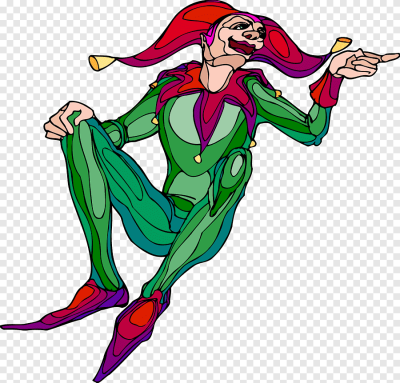
In the rich tapestry of Shakespearean plays, there exists a character who, despite its comedic antics, embodies far more depth and significance than meets the eye – the Shakespearean fool. Distinguishing this character from a clown isn't merely a matter of costumes and gags; it delves into their roles and impact within society. The Shakespearean fool, unlike a traditional clown, possessed a multifaceted role. Such characters were not just jesters for entertainment but often served as insightful commentators, revealing truths about other characters and situations through wit, irony, and satire. They often disguised their wisdom within their humorous dialogues, speaking uncomfortable truths that others dared not vocalise.
Types of Shakespearean Fools
In the Bard's theatricalmasterpieces, the depiction of fools transcends a singular archetype, offering a spectrum of characters that exemplify diverse facets of wit, wisdom, and societal critique. One such variant is the "clown," a character like the Fool in King Lear or Feste in Twelfth Night. They skilfully interweave jests and puns with profound insights, often using humour to shield poignant observations on the world around them. Their seemingly light-hearted banter belies a deep understanding of the underlying truths of the society they inhabits. Contrasting the down is the 'wise fool', epitomised by character such as touchstone in as you like it. These figures posses an innate preceptiveness that belies their outward Appreance of buffoonery. Their playful antics serve as a tool to unravel the hypocrisies and challenge conventional wisdom. In addition, the "moral fool" emerges in characters like Edgar disguised as Poor Tom in King Lear. These individuals adopt a guise of madness or folly to navigate perilous circumstances. Through their seemingly irrational behaviour
Court jesters
Court jesters were the predecessors of the Shakespearean fool, and held a pivotal position in the monacrch's courts across the world. Beyond providing amusement, they acted as truth-tellers in a world where criticising those in power was perilous.
Costume
The iconic attire of a courtjester from its unique cap with bells and colourful costumes were symbols of their privilege to talk and mock without the fear of punishment. Beyond playing the role of injecting levity into a situation these comics possess a very rare privilege-free speech.
Comedy in the contemporary world Connecting the iconic Shakespearean archetype to modern stand-up comics unveils a similar underlying principle. Many contemporary stand-up comics, akin to the English playwright's stock character, use humour as a medium for societal commentary. However, they do not don a garb that could help them evade punishment for speaking truth to power or even expressing their personal opinions on a sensitive tonic that has rattled society.
The social impact By dressing reality in humour, comedy invites audiences to reflect on society's shortcomings, absurdities, and hypocrisies. It's a mirror held up to society, making us laugh while revealing uncomfortable truths. Challenging authority and societal norms provides a space for dissent and fosters critical thinking. In essence, the Shakespearean fool, the court jesters of history, and the stand-up comics of today share a common thread – they harness the power of comedy to illuminate truth.The laughter they induce in the guise of entertainment acts as a vehicle to convey profound insights, provoke contemplation, and challenge societal norms. As we laugh along, we also find ourselves introspecting, confronting uncomfortable realities, and perhaps, contemplating the change we wish to see in the world.
Picture Credit : Google




